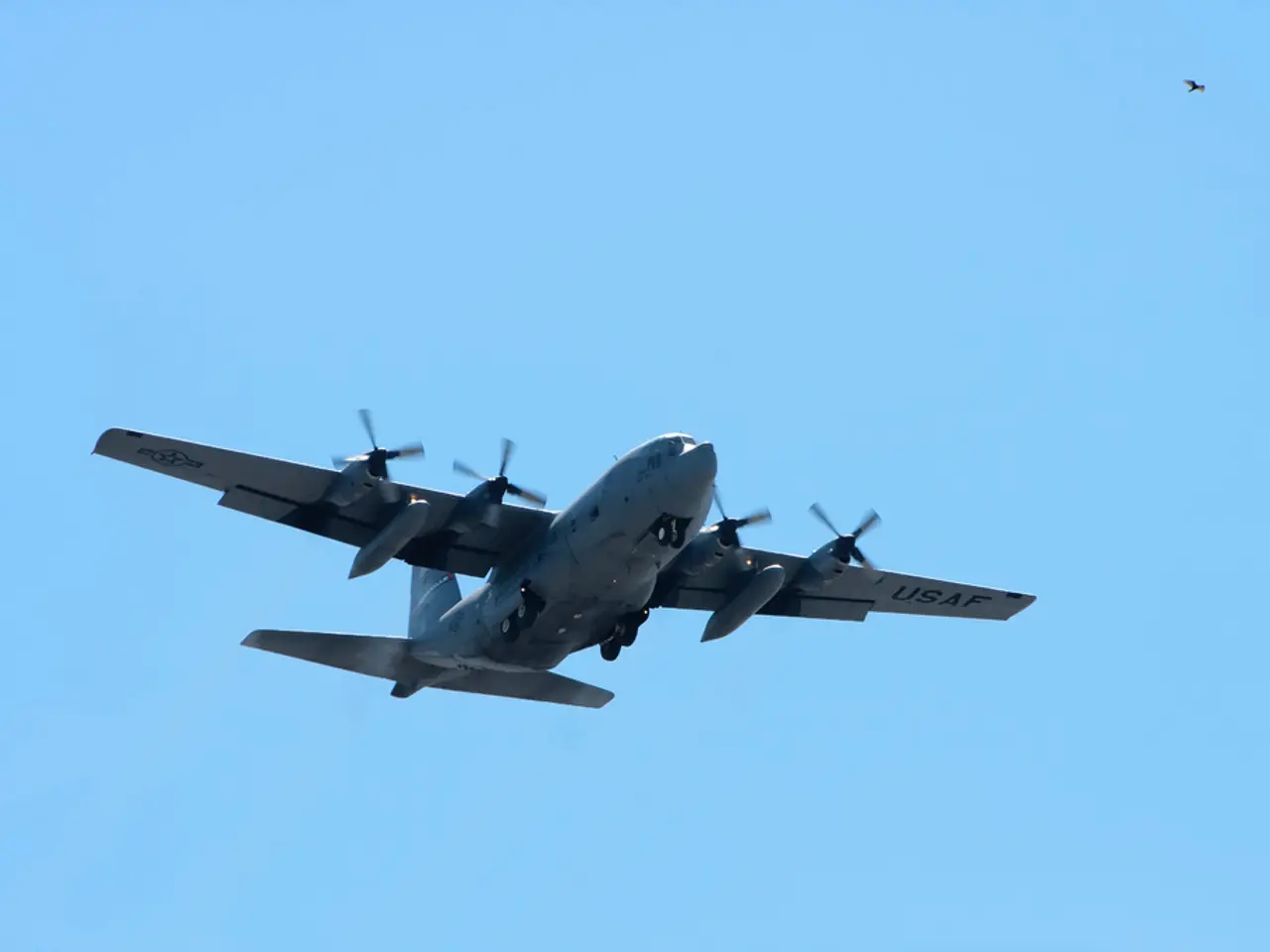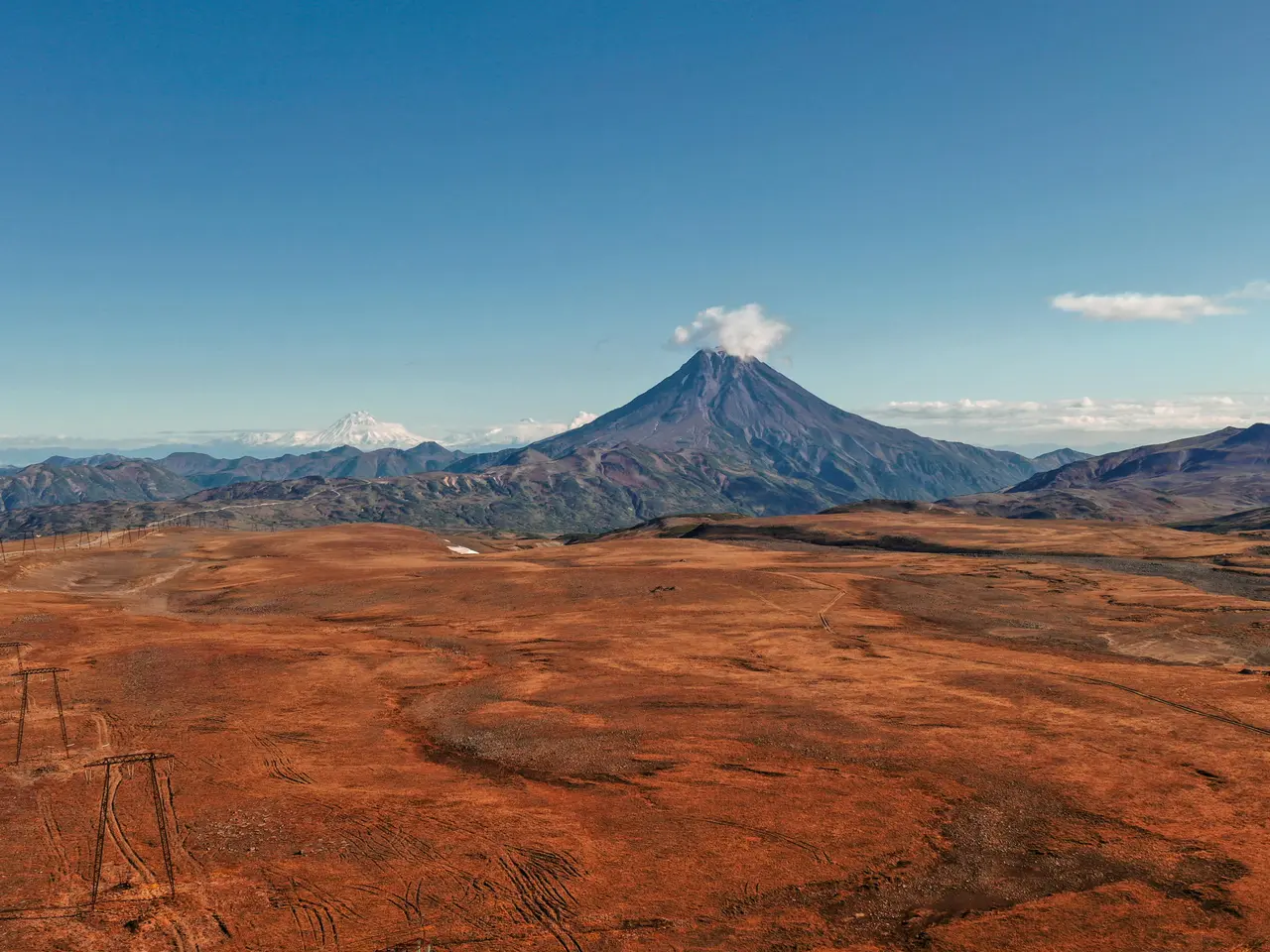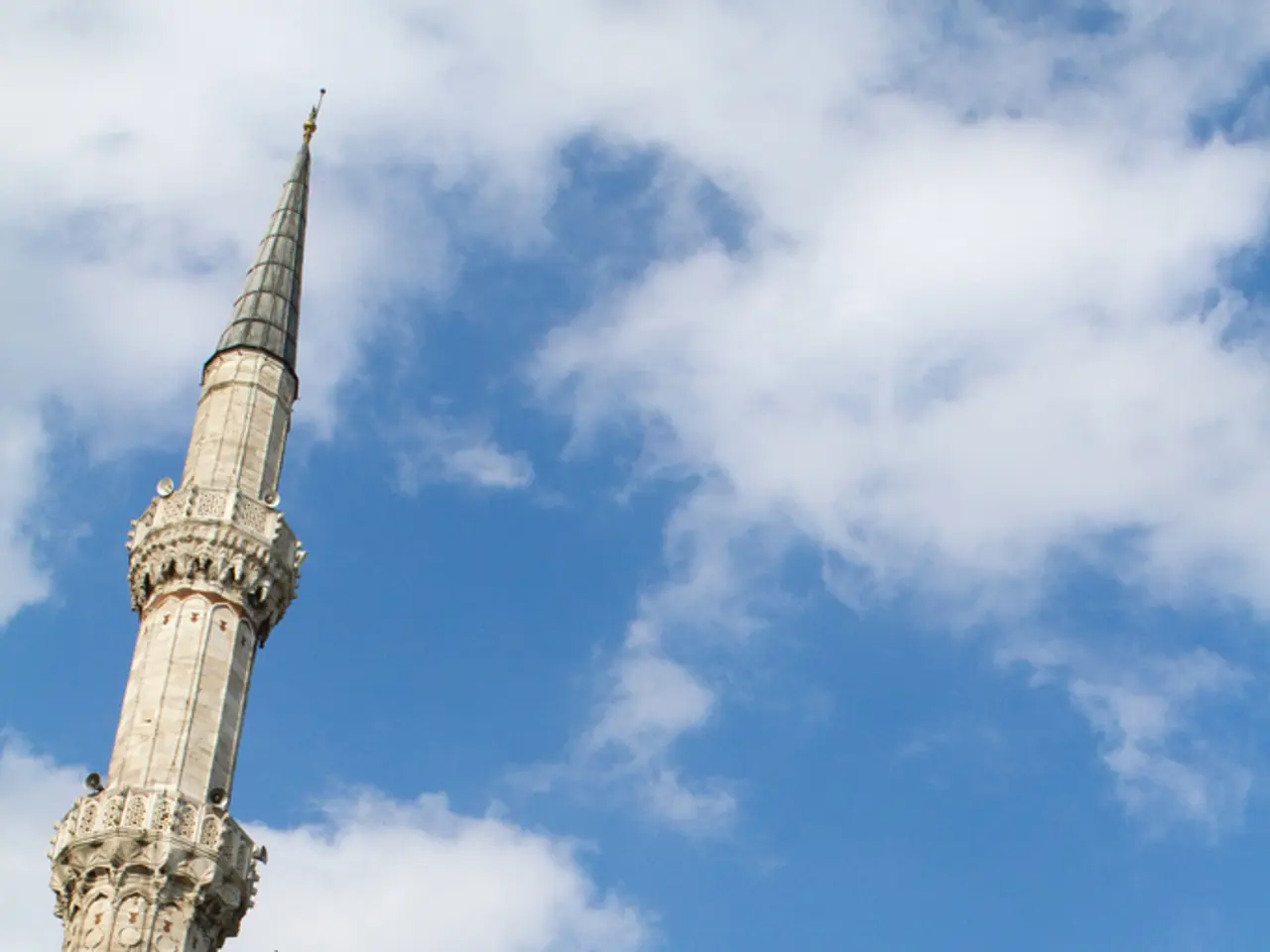DJI FlySafe: The Main Reasons Why Unlocking Restricted Flight Zones Is (Primarily) Irrelevant
In the world of drone flying, compliance with airspace regulations has become crucial. DJI FlySafe, a geofencing and airspace management system, plays a significant role in ensuring safe and legal drone flights for most pilots.
What is DJI FlySafe?
DJI FlySafe is a cloud-based system integrated into the DJI Fly app and drone firmware. It provides real-time airspace information, restricting flights in no-fly zones, controlled airspaces, and around sensitive locations by enforcing geofences and flight limitations. The system is regularly updated through firmware and app updates.
Do You Still Need to Unlock DJI Drones in 2025?
In most cases, no manual unlock is required for drone pilots in 2025. However, older drones, enterprise workflows, or public safety operations may still require unlocking. To submit a request, visit the DJI FlySafe Portal, click "Unlocking Requests," select Your Drone and Zone, enter Flight Details, and submit the Request.
How DJI FlySafe Works in 2025
FlySafe operates seamlessly in the background during flight, providing warnings or blocking takeoff when necessary. It categorises different types of geo zones, including Warning Zones, Enhanced Warning Zones, Restricted Zones, Authorization Zones, Altitude Zones, and Regulatory Restricted Zones.
DJI FlySafe vs FAA Rules-Know the Difference
While DJI FlySafe provides valuable guidance, it's essential to understand that it's an advisory system. The responsibility to understand where you can legally fly now falls on the pilot. To verify flight legality, use FAA resources like B4UFLY, FAA UAS Facility Maps, and LAANC apps.
Real-World Flight Scenarios
- Stadium TFRs are no-fly zones during major sporting events that often go unflagged by DJI FlySafe.
- Flying drones in National Parks is prohibited under federal land rules.
- Recreational pilots should use LAANC apps like Aloft or OpenSky to request airspace authorizations if flying in controlled airspace.
- Part 107 pilots must request FAA authorization if flying in controlled airspace.
Useful Links
- DJI FlySafe Portal
- FAA B4UFLY App
- NPS Drone Restrictions
- FAA UAS Facility Maps
FAQ and More
This guide includes sections on the different types of warnings you might see, how those alerts connect (or don't) to FAA regulations, and steps to take when encountering a warning in the DJI Fly app, especially when you're near restricted or sensitive areas.
Remember, DJI FlySafe is a helpful tool, but it's not infallible. Always double-check FAA resources before taking off. Stay safe and happy flying!
- DJI FlySafe is a cloud-based system integrated into the DJI Fly app and drone firmware, offering real-time airspace information and enforcing flight restrictions in no-fly zones, controlled airspaces, and sensitive locations.
- In most cases, manual unlock is not required for drone pilots in 2025, but older drones, enterprise workflows, or public safety operations may still need it.
- FlySafe operates during flights, providing warnings or blocking takeoff when necessary, and categorizes different geo zones according to their legal status.
- Although DJI FlySafe offers valuable guidance, it is an advisory system, and pilots are responsible for understanding where they can legally fly.
- To verify flight legality and find no-fly zones, pilots can utilize FAA resources like the B4UFLY app, FAA UAS Facility Maps, and LAANC apps.
- Recreational and professional pilots need to request FAA authorization if flying in controlled airspace or sensitive areas like National Parks, and always double-check FAA regulations before taking off.




